The most recent version with proper formatting for Medium can be found here: https://medium.com/@aloysiuschowhc/...ends_link&sk=5ad8edcf3d5c4d68424e8a4ea179b149
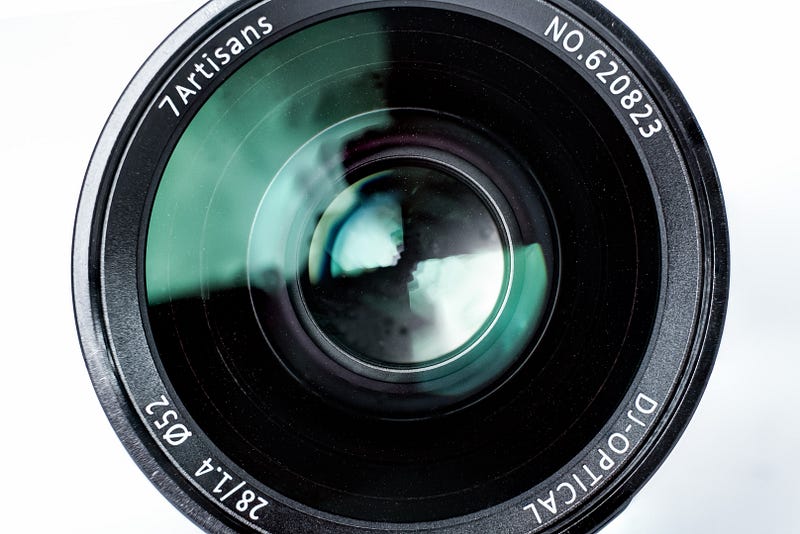
Foreword: This review unit was loaned to me by 7daydeals, the distributor for 7artisans products in Singapore. However, this review remains unbiased and all opinions stated in this review are strictly my own. The lens has been returned to them at the time of publishing.
28mm is a popular focal length for street and documentary work. A favourite of street photographers such as Daido Moriyama and Garry Winogrand, its wide perspective provides context and creates a sense of dynamism. My feet are quite firmly planted in the 50mm camp, but I can certainly appreciate the angle of view that a wider lens provides.
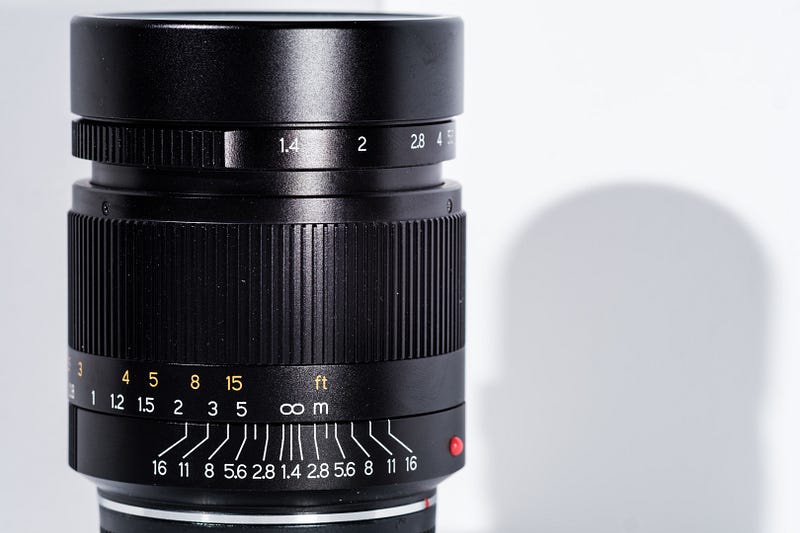
As the most recent addition to 7artisan’s lineup of M-mount glass, the 28mm f1.4 has drawn a lot of attention for its combination of the aforementioned 28mm focal length and a fast f1.4 aperture. It is a lens of rather exciting specifications: the only other 28mm lens for M-mount with an aperture this fast would be its obvious parallel, the 28mm Summilux from Leica. Even more obvious, is the difference in price between the two.
Coming in at USD$480, it’s the most expensive lens 7artisans has released thus far. Still, it looks like a bargain next to the 28mm Summilux’s price tag of USD$6595.
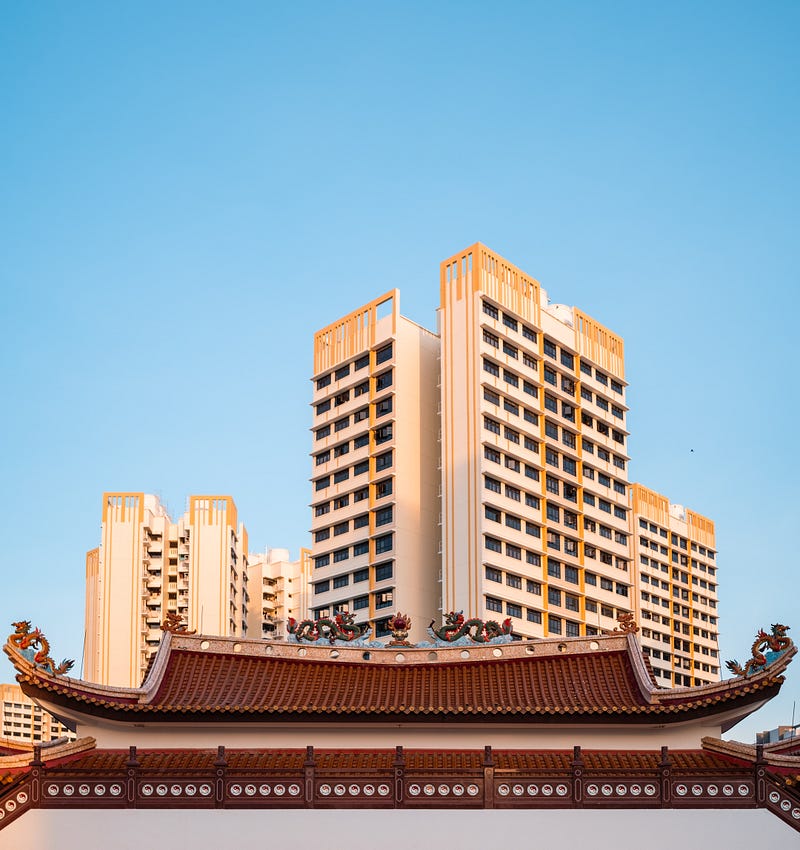
Vertical panorama stitched from 6 frames, shot on Fujifilm X-E3 and stitched in Lightroom
The announcement of this lens and the pre-release previews from 35mmc were met with a lot of excitement and hype. Does it live up to these expectations? To see how this lens fares, I’ll be testing it on my Fujifilm X-E3 via a M-FX adapter and on a (not my) Leica M10.
Build and Handling
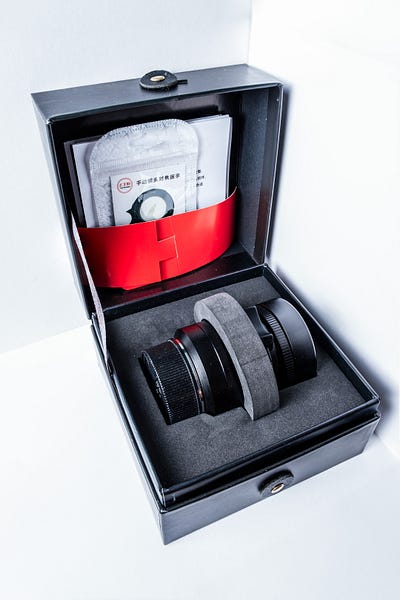
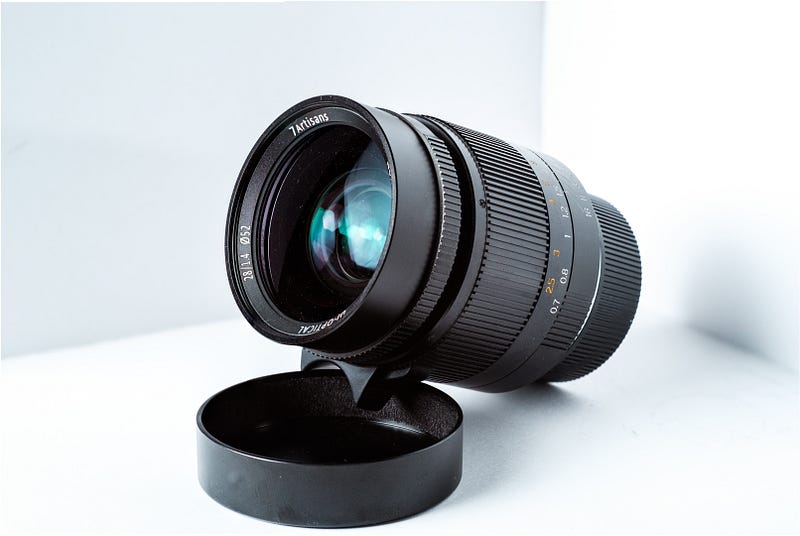
In the box, you’ll find a rubber focus tab attachment, an information leaflet, a focus calibration chart, and of course, the lens. You’ll be in for a shock when you first lift this lens out of its foam cradle. It’s remarkably dense, weighing in at 488 grams. In combination with its length of 70cm (excluding the mount), it turns out to be rather front-heavy for an M-mount lens. Those who prefer more compact and lightweight lenses might want to look at the 28mm Summicron or the 28mm f2 Ultron instead.
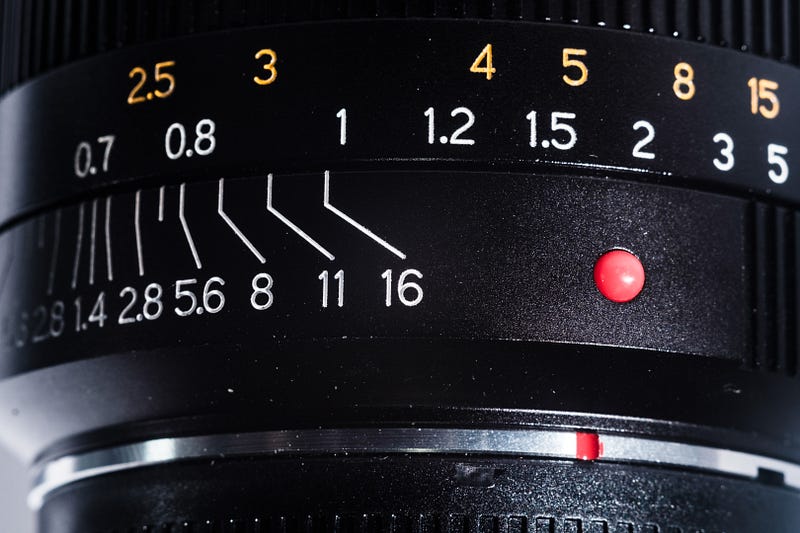
Leica-esque distance markings adorn the focus ring, which spins very smoothly: this is one of the nicer focusing helicoids I’ve used. There are depth of field markings placed close to the mount, but they’re quite densely packed, making them a little hard to read. These markings are etched prior to painting, so I wouldn’t worry about them wearing off anytime soon.
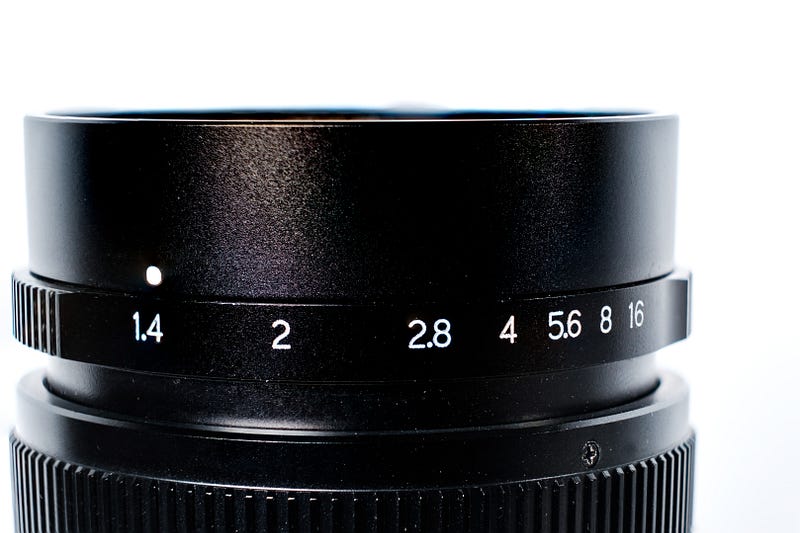
The aperture ring clicks at single stops (even f11, although the marking is absent from the ring), and rotates smoothly throughout its range. However, do note that the distance between stops does not remain constant, unlike some other M-Mount lenses from Voigtlander and Leica.
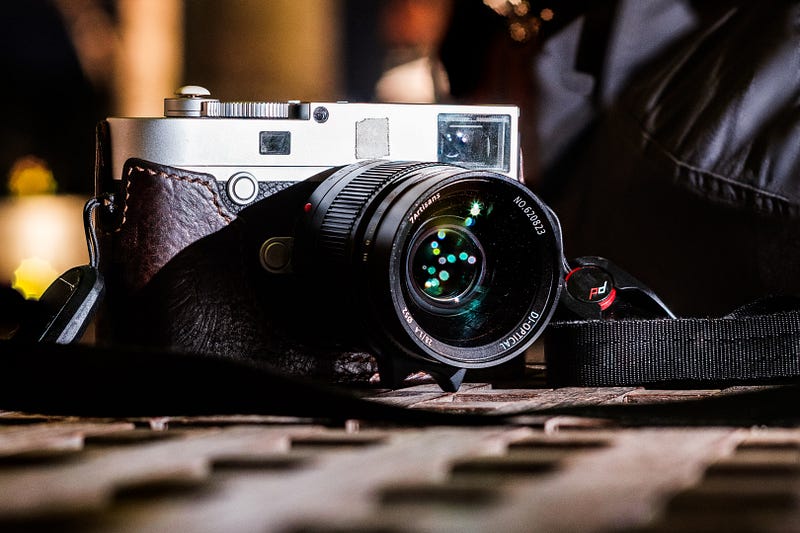
Mounted on the M10. My Canon 50mm f1.4 LTM is to blame for the starry bokeh.
Now, let’s see how it handles when mounted to a body.
As alluded to earlier, it does feel a little front-heavy when mounted to the M10 I tested this on. It’s manageable though.
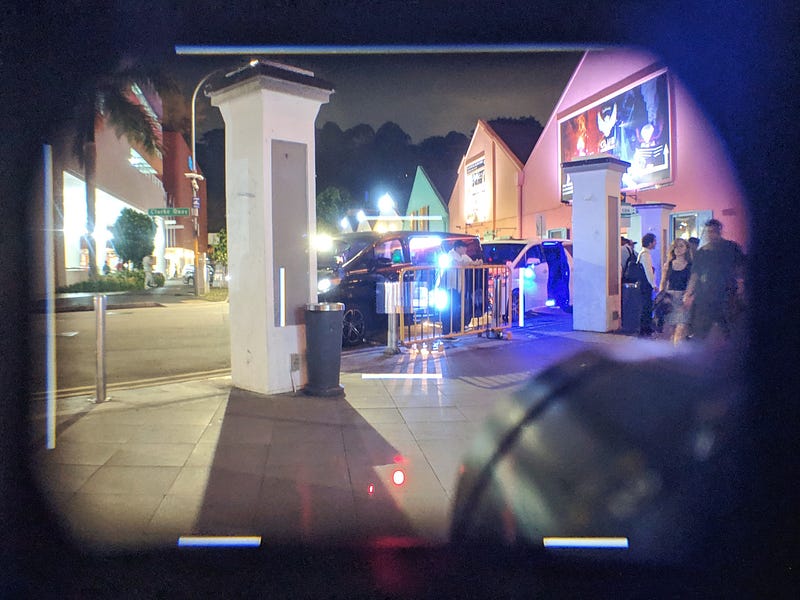
Something that might be a little more problematic is the viewfinder blockage. The lens extends pretty far into the M10 rangefinder’s field of view. It obstructs a fair amount of the frame, enough to get in the way of composing your shot in some situations.
Asides from the weight and viewfinder blockage, I don’t have anything negative to say about this lens’s build. It’s solid, well-built and the focus and aperture rings work nicely. No complaints from me.
[cont in next post]

Foreword: This review unit was loaned to me by 7daydeals, the distributor for 7artisans products in Singapore. However, this review remains unbiased and all opinions stated in this review are strictly my own. The lens has been returned to them at the time of publishing.
28mm is a popular focal length for street and documentary work. A favourite of street photographers such as Daido Moriyama and Garry Winogrand, its wide perspective provides context and creates a sense of dynamism. My feet are quite firmly planted in the 50mm camp, but I can certainly appreciate the angle of view that a wider lens provides.

As the most recent addition to 7artisan’s lineup of M-mount glass, the 28mm f1.4 has drawn a lot of attention for its combination of the aforementioned 28mm focal length and a fast f1.4 aperture. It is a lens of rather exciting specifications: the only other 28mm lens for M-mount with an aperture this fast would be its obvious parallel, the 28mm Summilux from Leica. Even more obvious, is the difference in price between the two.
Coming in at USD$480, it’s the most expensive lens 7artisans has released thus far. Still, it looks like a bargain next to the 28mm Summilux’s price tag of USD$6595.

Vertical panorama stitched from 6 frames, shot on Fujifilm X-E3 and stitched in Lightroom
The announcement of this lens and the pre-release previews from 35mmc were met with a lot of excitement and hype. Does it live up to these expectations? To see how this lens fares, I’ll be testing it on my Fujifilm X-E3 via a M-FX adapter and on a (not my) Leica M10.
Build and Handling


In the box, you’ll find a rubber focus tab attachment, an information leaflet, a focus calibration chart, and of course, the lens. You’ll be in for a shock when you first lift this lens out of its foam cradle. It’s remarkably dense, weighing in at 488 grams. In combination with its length of 70cm (excluding the mount), it turns out to be rather front-heavy for an M-mount lens. Those who prefer more compact and lightweight lenses might want to look at the 28mm Summicron or the 28mm f2 Ultron instead.

Leica-esque distance markings adorn the focus ring, which spins very smoothly: this is one of the nicer focusing helicoids I’ve used. There are depth of field markings placed close to the mount, but they’re quite densely packed, making them a little hard to read. These markings are etched prior to painting, so I wouldn’t worry about them wearing off anytime soon.

The aperture ring clicks at single stops (even f11, although the marking is absent from the ring), and rotates smoothly throughout its range. However, do note that the distance between stops does not remain constant, unlike some other M-Mount lenses from Voigtlander and Leica.

Mounted on the M10. My Canon 50mm f1.4 LTM is to blame for the starry bokeh.
Now, let’s see how it handles when mounted to a body.
As alluded to earlier, it does feel a little front-heavy when mounted to the M10 I tested this on. It’s manageable though.

Something that might be a little more problematic is the viewfinder blockage. The lens extends pretty far into the M10 rangefinder’s field of view. It obstructs a fair amount of the frame, enough to get in the way of composing your shot in some situations.
Asides from the weight and viewfinder blockage, I don’t have anything negative to say about this lens’s build. It’s solid, well-built and the focus and aperture rings work nicely. No complaints from me.
[cont in next post]


